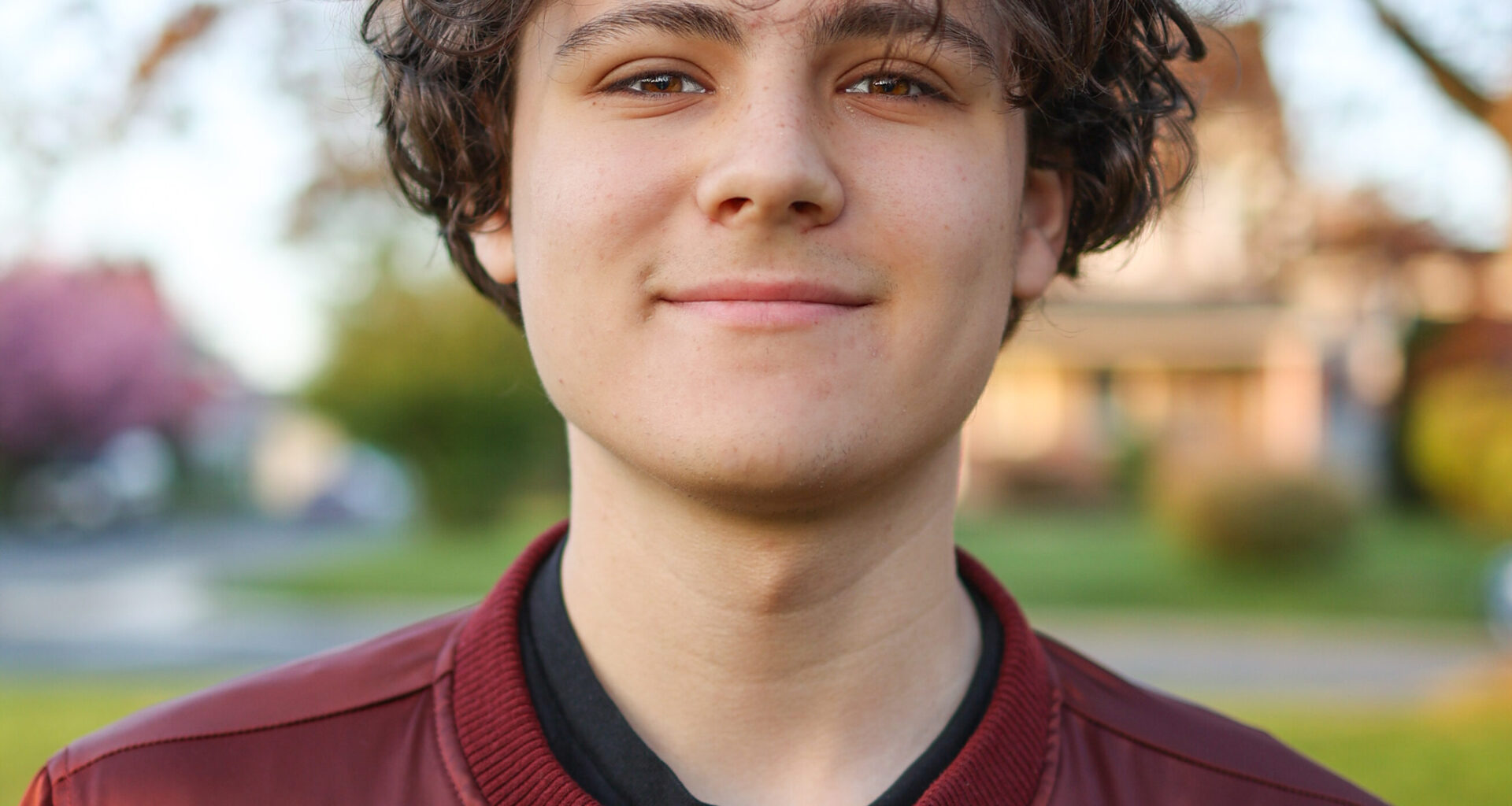It’s no secret that Lehigh is a bit of a bubble. When 67% of the student body comes from families in the top 20% of income, it can be hard to relate to the South Side’s working class community. I’m part of that two thirds, and I know I feel like I step into a new life when I set foot off campus.
The faces, the language, the clothes — everything I notice is different.
In simple terms, Lehigh is rich, to the tune of two billion dollars, while large swaths of Bethlehem struggle financially, with poverty levels almost 40% higher than the national average. While this is changing, and nowhere near as severe as it was when a handful of Bethlehem Steel executives lived up the hill from their legions of scarfers and millwrights, the legacy of inequality remains.
So what does Lehigh do for the community it’s built in? Through various organizations such as the Community Service Office or South Side Initiative, the university offers a variety of programs, ranging from student-run volunteer groups to research projects to urban agriculture.
The CSO organizes dozens of volunteers that put in thousands of hours of work for Bethlehem, while the South Side Initiative arranges community functions, including gardens and art programs.
The America Reads Tutors that work in schools and at homework clubs offer great support for local primary school students that can lead to academic success, but it does little to encourage social mobility beyond that.
The Great South Side Sale does a wonderful job of offloading the immense amount of waste discarded by Lehigh students to local residents who may not have other ways to obtain these items.
Film festivals, public radio and the farmer’s market, which ironically includes just a single produce farm, are all great to have in a community, but I would argue the university is focusing on the wrong projects in the wrong way.
Still, no matter how many local artists Lehigh supports or historical documentaries they produce, they can’t change the fact that, as an elite higher education institution, they are and always will be a part of the problem.
A university’s primary job hasn’t been education since the era of the baby boomers — it’s about connections. This isn’t to discount the admittedly fantastic education Lehigh provides, which is still absolutely crucial to have, but there’s no denying that the “foot in the door” provided by alumni, faculty or social connections provide will make things easier by orders of magnitude.
These connections mean that jobs allegedly seeking the most competitive candidate often end up favoring the most connected one. This allows for students with access to financial, social and educational resources to accumulate far more wealth than those who don’t have these preexisting connections, forming a cycle of privilege where the rich get richer and the poor get cake.
Lehigh knows this, and, like I said, they try to do good work to combat this effect and serve the community. Still, their current model is relatively tepid.
So, what can Lehigh do?
To start, it needs to stop treating the South Side like a charity case and start treating it like a partner. Academia is legendary for its snobbery, and will take any excuse to see itself as a white knight with a damsel in distress.
Lehigh only supports the South Side on its own terms. If a student wants to make a documentary, the university will ensure it’s the best possible product and offer free screenings in the wealthiest part of town. If students want practice working with kids, Lehigh is more than happy to set up tutoring sessions with Broughal Middle School.
While helpful, these are not the best possible solutions. The jump from high school to college is much more likely to be a breakpoint in the academic journey than the transition from 6th to 7th grade.
The best way for Lehigh to share its affluence with the community is by sharing its connections. The university should invite South Side locals to the career fairs and contract with local businesses instead of billion-dollar companies like Sodexo.
Lehigh should also encourage tours of campus, even without the aim of recruitment. It’s easy to characterize somewhere you don’t know as strange and foreign, but by definition, the more you know a place, the more familiar it is to you (and hopefully, you’ll feel more comfortable with it).
Fairchild Martindale Library, positioned on the edge of campus, is technically open to the public during the day, but nowhere is this advertised. I’ve been asked on the street if it was allowed for non-students to go inside by someone looking to print a job application.
If that space was more well known and available to the public during non-working hours, it could be a safe haven for off-campus students to study, adults to work on pursuing their education or just a place for individuals to take a breather.
Community events on campus could go a long way toward blurring the line separating the land of students from the world around them. Athletic teams in any sport are known for having some of the tightest knit, most resilient communities. Opening Taylor Gym or Grace Hall to sporting events featuring a combination of Lehigh and non-Lehigh participants has the potential to make all of the South Side feel more like a family.
Even something as simple as putting a spur on the South Bethlehem Greenway leading into campus would make the distinction between the two communities more accessible and enjoyable. If Lehigh wanted to go a step further, they could implement a transition zone to more smoothly blend the busyness and hubbub of 4th Street with the calmness of campus.
Until Lehigh stops reaching out a hand and starts going in for a hug, it’ll never be able to do more than pretend to care about the community it resides in.

